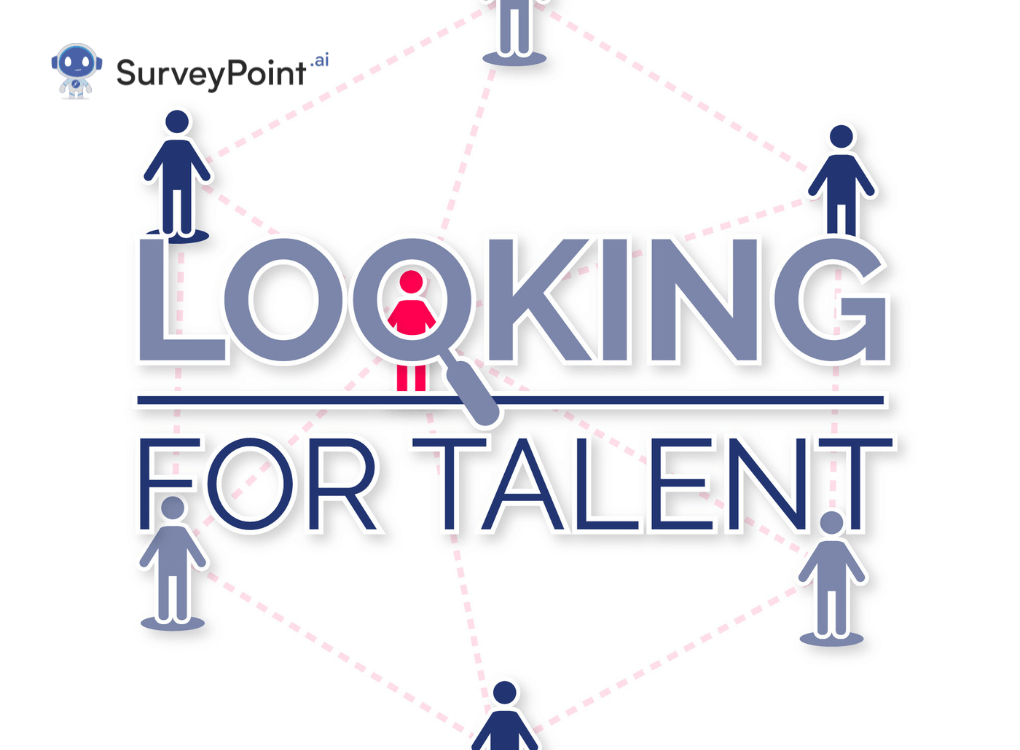
In today’s competitive business environment, talent management has become a critical component for organizational success. Effective talent management ensures that companies attract, develop, and retain top talent, which in turn drives business performance and innovation. This comprehensive guide explores the various facets of talent management, its importance, processes, and best practices.
What is Talent Management?
Talent management is a strategic approach to attracting, developing, and retaining employees to achieve organizational goals. It encompasses a broad range of practices designed to recruit, nurture, and retain talent within an organization. Talent management is not just a function of the human resources department but a core organizational strategy.
Why is Talent Management Important?
Talent management is critical for organizations looking to thrive in today’s competitive business environment. Here are several reasons why it is so important:
1. Attracting and Retaining Top Talent
In a competitive job market, attracting and retaining top talent is crucial. Talent management strategies help organizations identify and recruit the best candidates. Once hired, effective talent management practices, such as career development opportunities and recognition programs, help retain these high-performing employees.
2. Enhancing Employee Performance
Talent management ensures that employees are well-suited to their roles and have the necessary skills to perform at their best. Through continuous learning and development programs, employees can improve their skills and stay updated with industry trends, leading to higher productivity and better performance.
3. Boosting Employee Engagement and Motivation
Engaged and motivated employees are more productive and contribute positively to the organizational culture. Talent management strategies that include clear career paths, professional development opportunities, and regular feedback foster a motivated and engaged workforce.
4. Aligning Workforce with Business Goals
Effective talent management aligns the skills and competencies of the workforce with the organization’s strategic objectives. This alignment ensures that employees are working towards the same goals, enhancing overall organizational performance and competitiveness.
5. Improving Employee Satisfaction and Reducing Turnover
A well-implemented talent management system addresses employees’ needs and aspirations, leading to higher job satisfaction. Satisfied employees are less likely to leave the organization, reducing turnover rates and the associated costs of recruitment and training.
What Does Talent Management Include?
Talent management encompasses a broad range of activities designed to attract, develop, retain, and utilize employees effectively to meet organizational goals. Here are the key components of talent management:
1. Workforce Planning
Workforce planning involves assessing the current workforce and forecasting future needs to ensure that the organization has the right people with the right skills in the right positions at the right time. This process includes analyzing workforce data, identifying skill gaps, and developing strategies to address future workforce requirements.
2. Talent Acquisition
Talent acquisition is the process of attracting and hiring top talent to meet organizational needs. This includes:
- Recruitment: Identifying and attracting candidates through job postings, career fairs, recruitment agencies, and social media.
- Selection: Evaluating candidates through interviews, assessments, and background checks to determine the best fit for the role.
- Onboarding: Integrating new employees into the organization through orientation programs, training, and mentorship to ensure a smooth transition and quick productivity.
3. Learning and Development
Learning and development focus on improving employees’ skills and competencies to enhance their performance and support career growth. This includes:
- Training Programs: Offering technical, soft skills, and compliance training to employees at all levels.
- Career Development: Providing opportunities for employees to advance their careers through mentorship, coaching, and succession planning.
- Continuous Learning: Encouraging a culture of lifelong learning through access to online courses, workshops, and seminars.
4. Performance Management
Performance management is the process of ensuring that employees’ work aligns with organizational goals and that they are performing to the best of their abilities. This includes:
- Goal Setting: Establishing clear, measurable objectives for employees.
- Performance Appraisals: Conducting regular reviews to assess employees’ performance, provide feedback, and identify areas for improvement.
- Recognition and Rewards: Acknowledging and rewarding employees’ achievements and contributions to motivate and retain top talent.
5. Succession Planning
Succession planning involves identifying and developing employees to fill key roles within the organization in the future. This ensures leadership continuity and minimizes disruptions when critical positions become vacant. It includes:
- Identifying High-Potential Employees: Recognizing employees with the potential to take on higher-level roles.
- Development Plans: Creating personalized development plans to prepare these employees for future leadership positions.
6. Employee Engagement and Retention
Employee engagement and retention strategies aim to create a positive work environment where employees feel valued, motivated, and committed to the organization. This includes:
- Engagement Surveys: Regularly measuring employee engagement levels to identify strengths and areas for improvement.
- Retention Programs: Implementing initiatives to reduce turnover, such as competitive compensation, benefits, work-life balance, and career advancement opportunities.
7. Diversity and Inclusion
Diversity and inclusion efforts focus on creating a workplace that values and respects differences, ensuring that all employees have equal opportunities to succeed. This includes:
- Diversity Recruitment: Actively seeking to hire a diverse workforce.
- Inclusion Programs: Implementing policies and practices that promote a culture of inclusion and belonging.
8. Employee Relations
Employee relations involve managing the relationship between the organization and its employees to ensure a positive and productive work environment. This includes:
- Conflict Resolution: Addressing and resolving workplace conflicts and grievances.
- Communication: Fostering open and transparent communication between employees and management.
9. Compensation and Benefits
Compensation and benefits strategies ensure that employees are fairly rewarded for their contributions and have access to benefits that support their well-being. This includes:
- Salary Structures: Developing competitive and equitable salary structures.
- Benefits Programs: Offering health insurance, retirement plans, paid time off, and other benefits.
10. HR Technology and Analytics
HR technology and analytics involve using data and technology to enhance talent management processes. This includes:
- HR Software: Implementing HR information systems (HRIS) and talent management software to streamline processes.
- Data Analytics: Leveraging data to make informed decisions about talent management strategies and measure their effectiveness.
Benefits of Talent Management
Implementing effective talent management strategies offers numerous benefits to organizations. Here are some key advantages:
- Attracting Top Talent: Talent management helps attract skilled and qualified candidates to the organization, enhancing the overall quality of the workforce.
- Retention of High-Performing Employees: By investing in career development and growth opportunities, talent management reduces turnover rates and retains top talent within the organization.
- Improved Employee Performance: Providing training, feedback, and support through talent management initiatives enhances employee skills and performance, contributing to organizational success.
- Alignment with Business Goals: Talent management ensures that employees’ skills and capabilities are aligned with strategic objectives, enhancing overall organizational efficiency and effectiveness.
- Enhanced Employee Engagement: Engaged employees are more productive and committed to their roles. Talent management fosters engagement through recognition, career development, and a positive work environment.
Conclusion
Talent management is a critical component of organizational success. By attracting, developing, and retaining top talent, companies can enhance performance, drive innovation, and achieve their strategic goals. Implementing effective talent management practices requires a strategic approach, continuous evaluation, and a commitment to creating a positive and engaging work environment. By doing so, organizations can build a thriving workforce and maintain a competitive edge in the market.




